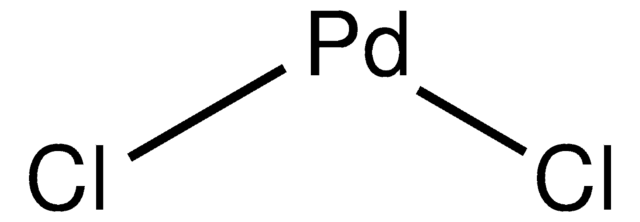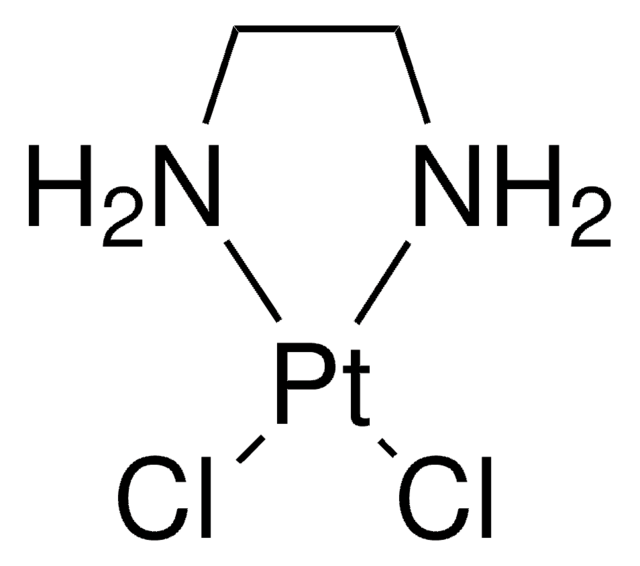Wichtige Dokumente
520640
Platin(IV)-chlorid
≥99.9% trace metals basis
Synonym(e):
Platintetrachlorid
About This Item
Empfohlene Produkte
Qualitätsniveau
Assay
≥99.9% trace metals basis
Form
powder
Zusammensetzung
Pt, 55-58%
Eignung der Reaktion
reagent type: catalyst
core: platinum
Verunreinigungen
≤1000.0 ppm Trace Metal Analysis
mp (Schmelzpunkt)
370 °C (dec.) (lit.)
Dichte
4.303 g/mL at 25 °C (lit.)
SMILES String
Cl[Pt](Cl)(Cl)Cl
InChI
1S/4ClH.Pt/h4*1H;/q;;;;+4/p-4
InChIKey
FBEIPJNQGITEBL-UHFFFAOYSA-J
Suchen Sie nach ähnlichen Produkten? Aufrufen Leitfaden zum Produktvergleich
Allgemeine Beschreibung
Anwendung
Platinumnanoparticles can be synthesized by reacting platinum (IV) chloride with Cyanobacteriumin an environmentally friendly method.
It can also be used as a dual catalyst forstereo- and regioselective glycosidations. Due to its ligand-bindingcapacity, platinum (IV) chloridehas an affinity for the glycosyl acceptor hydroxy group and forms the glycosidationproduct in β-configuration. It also enhances nucleophilicity differencesbetween hydroxy groups allowing regioselective glycosidation.
Signalwort
Danger
H-Sätze
Gefahreneinstufungen
Acute Tox. 3 Oral - Eye Dam. 1 - Resp. Sens. 1 - Skin Corr. 1B - Skin Sens. 1
Lagerklassenschlüssel
6.1A - Combustible acute toxic Cat. 1 and 2 / very toxic hazardous materials
WGK
WGK 2
Flammpunkt (°F)
Not applicable
Flammpunkt (°C)
Not applicable
Persönliche Schutzausrüstung
Eyeshields, Faceshields, Gloves, type P3 (EN 143) respirator cartridges
Hier finden Sie alle aktuellen Versionen:
Besitzen Sie dieses Produkt bereits?
In der Dokumentenbibliothek finden Sie die Dokumentation zu den Produkten, die Sie kürzlich erworben haben.
Kunden haben sich ebenfalls angesehen
Artikel
Plasmonic nanoparticles have unique optical properties that can be tailored to suit a variety of applications in the biotechnology1–8 and electronics9–16 industries.
Unser Team von Wissenschaftlern verfügt über Erfahrung in allen Forschungsbereichen einschließlich Life Science, Materialwissenschaften, chemischer Synthese, Chromatographie, Analytik und vielen mehr..
Setzen Sie sich mit dem technischen Dienst in Verbindung.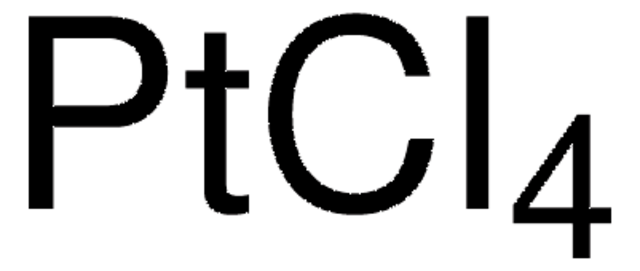
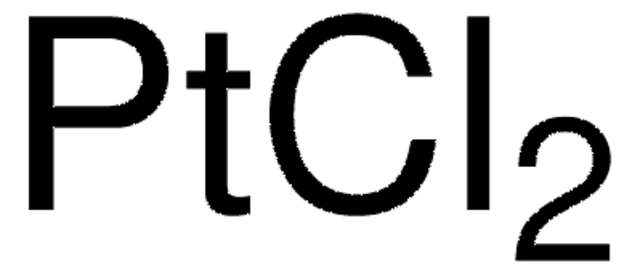






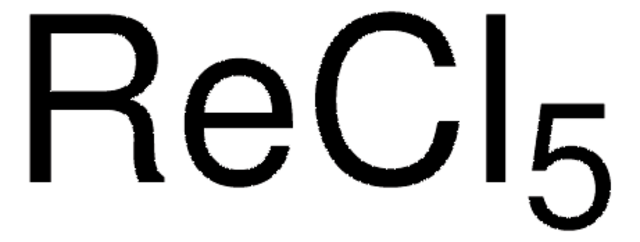

![[Pd(OAc)2]3 99.98% trace metals basis](/deepweb/assets/sigmaaldrich/product/structures/508/249/99a0ef2c-b77c-4d73-8ed9-0cca05b6b41f/640/99a0ef2c-b77c-4d73-8ed9-0cca05b6b41f.png)
